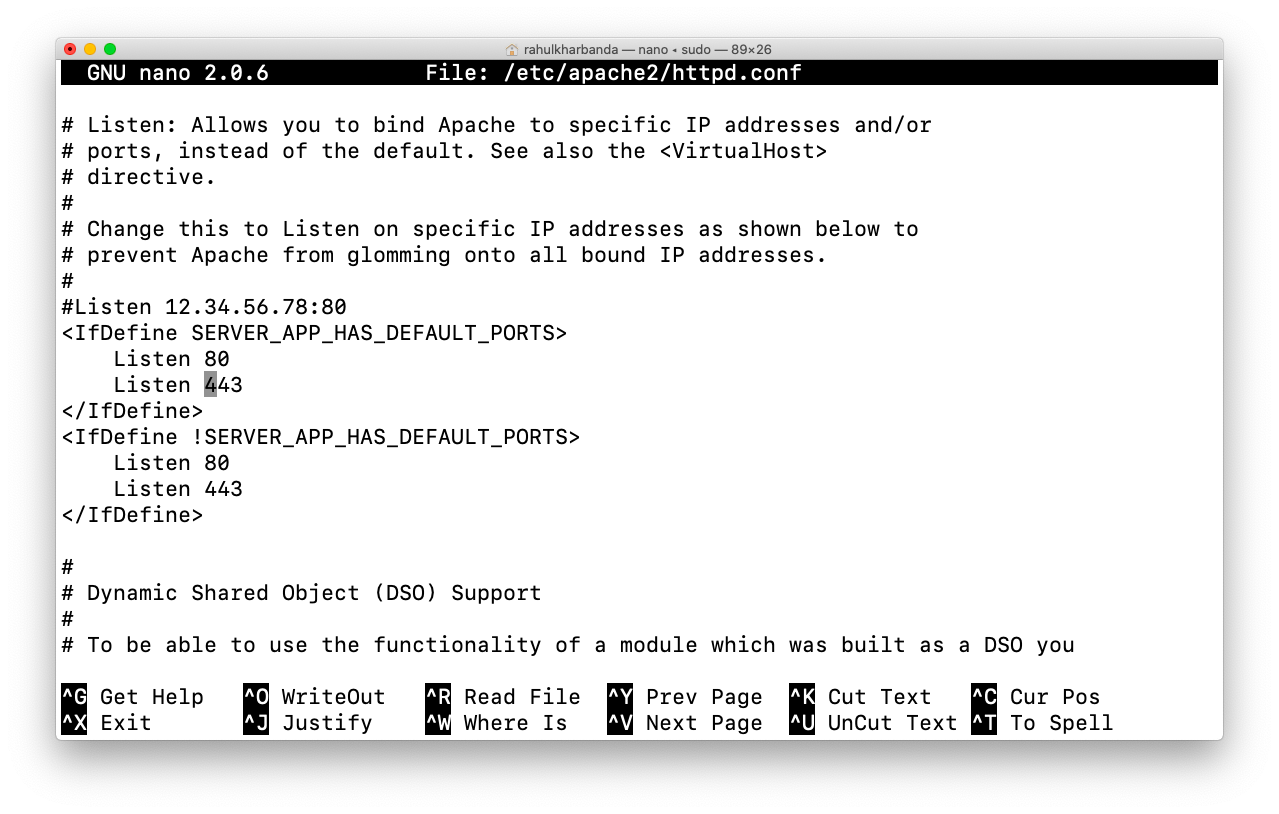Learn how to install and configure Apache for WordPress. WordPress is one of the world's most popular CMS and blogging software packages, and its famous 'five minute install' makes it one of the easiest to use.
WordPress Apache is a popular open-source, cross-platform web server that is, right now the most popular web server in existence. It is actively maintained by the Apache Software Foundation. また、WordPress を実行するための最も堅牢な選択肢として Apache または Nginx を推奨しますが、いずれも必須ではありません。 追加リソース すべてのリリース.
Most WordPress users will find that it works on their server without having to make any updates or changes to Apache. However, in some cases Apache may need to be updated or configured in order to run WordPress. Avisynth mac download.
Custom wordpress Docker image, from bitnami base image. Helm install example. Custom wordpress Docker image, from bitnami base image. Helm install example.
- Updating Apache
Requirements
vServer (VPS) from IONOS
Enable Wordpress Apache
Low-cost, powerful VPS hosting for running your custom applications, with a personal assistant and 24/7 support.
For any Cloud Server with Plesk, applications like WordPress should always be installed and managed through the Plesk interface. See our article Use WordPress on a Cloud Server With Plesk for step-by-step instructions.

Checking Your Apache Version
You can find your version of Apache with the following commands:
- CentOS and Red Hat: sudo httpd -v
- Ubuntu and Debian: sudo apache2 -v
This will return information about your Apache server.
In the example above, the server is running Apache version 2.4.6.
Updating Apache

The current version of WordPress requires Apache version 2.4 or later, in order to run the required version of PHP.

Updating to the newest version of Apache can cause issues with older web software packages. Consult this list of changes to ensure that your website(s) will not be affected before you update Apache.
Ubuntu 14.04
On newer Ubuntu and Debian systems including Ubuntu 14.04, update Apache with the command:
CentOS 6
On older CentOS and Red Hat systems including CentOS 6, update Apache with the commands:
You can then check the version of the new installation with the command:

Wordpress Apache Vs Nginx
CentOS 7
On newer CentOS and Red Hat systems including CentOS 7, update Apache with the command:
Installing mod_rewrite
WordPress uses Apache's mod_rewrite in order to format (and change the format of) its links.
To see if mod_rewrite is installed on your system:
- Red Hat and CentOS: sudo httpd -M | grep rewrite_module
- Ubuntu and Debian: sudo apache2ctl -M | grep rewrite_module
mod_rewrite is installed by default on CentOS and Red Hat systems. To install this module on Ubuntu and Debian use the command:
After installing it, you will need to restart Apache services with the command:
Managed WordPress Hosting with IONOS!
Wordpress Apache Or Nginx
Start your website quickly and benefit from the most secure and up-to-date version of WordPress!
Configuring Apache to Allow mod_rewrite

In some cases, Apache may need to be configured in order to allow mod_rewrite to run. To do this, you will first need to locate and edit the relevant Apache configuration file.
The specific file will depend on your server's web hosting setup. By default, the main Apache configuration file for your server's primary domain is:
- Red Hat and CentOS: /etc/httpd/conf/httpd.conf
- Ubuntu and Debian: /etc/apache2/apache2.conf
There may also be separate Apache configuration files for each individual domain. By common convention, these are usually found at:
- Red Hat and CentOS: /etc/httpd/conf.d/[your domain name].conf
- Ubuntu and Debian: /etc/apache2/sites-available/[your domain name].conf
You will need to edit the file and find the directive:
Save and exit the file, then restart Apache with the command:
- Red Hat and CentOS: sudo systemctl restart apache
- Ubuntu and Debian: sudo service apache2 restart
